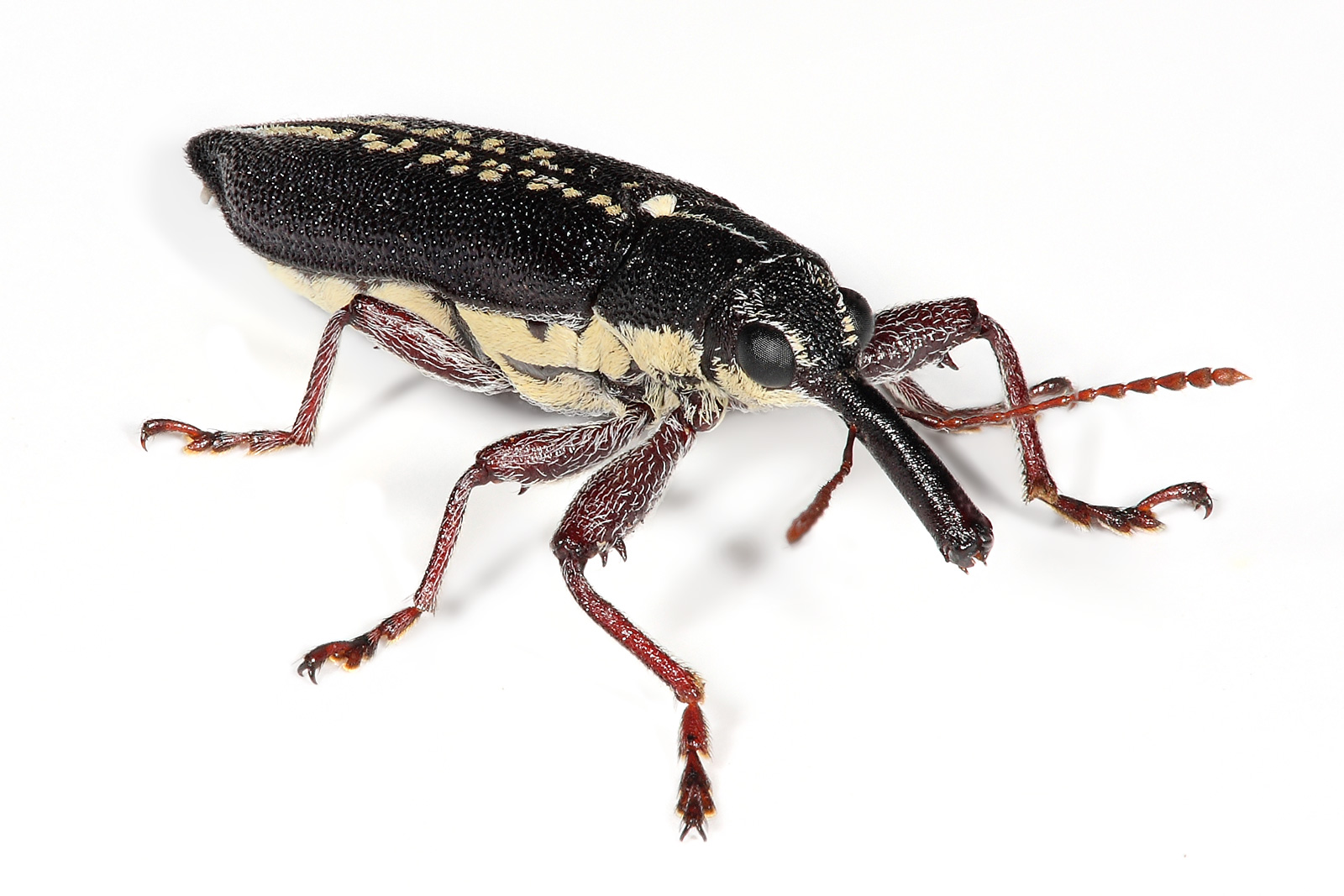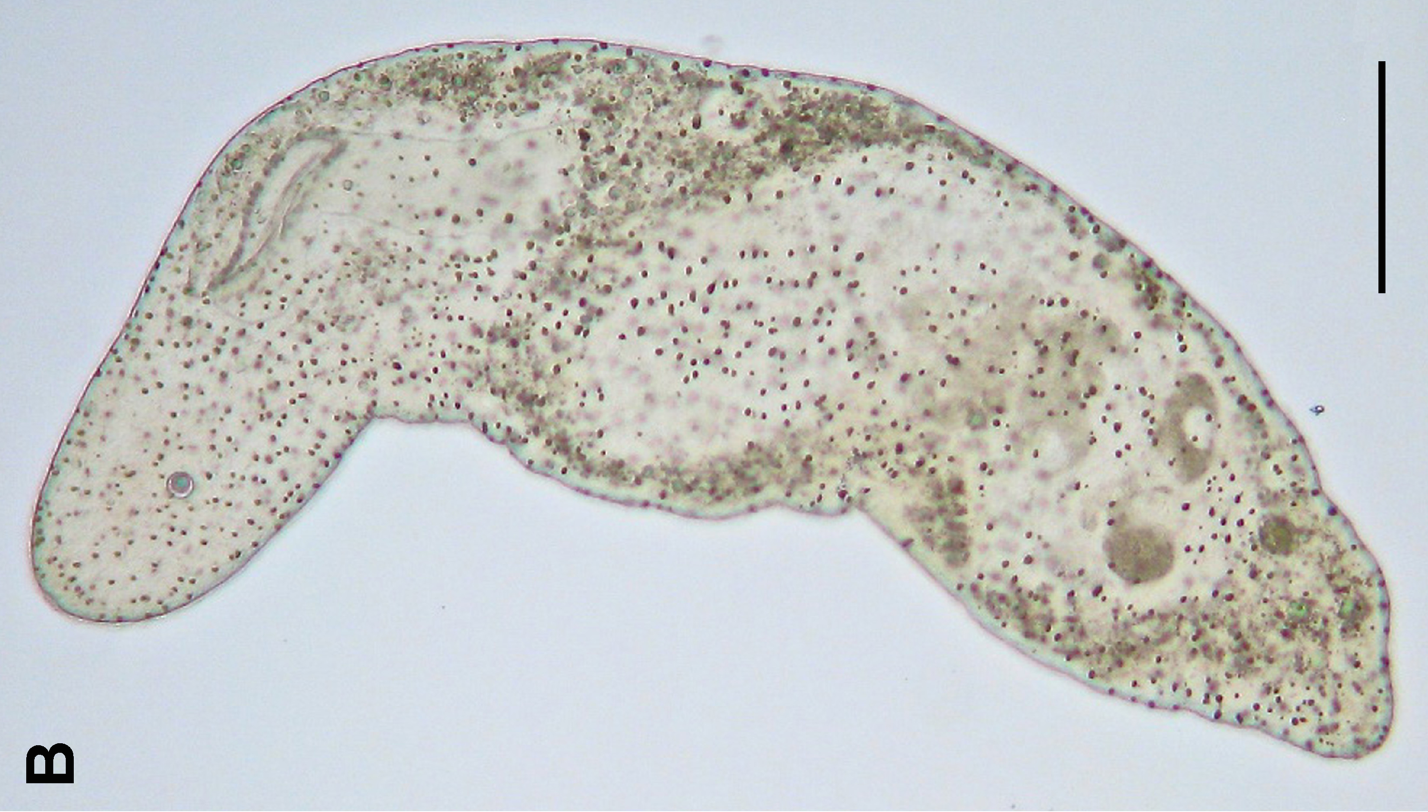|
Spiralia
The Spiralia are a morphologically diverse clade of protostome animals, including within their number the molluscs, annelids, platyhelminths and other Taxon, taxa. The term ''Spiralia'' is applied to those phyla that exhibit canonical spiral cleavage, a pattern of early development found in most members of the Lophotrochozoa. Distribution of spiralian development across phylogeny Members of the molluscs, annelids, platyhelminths and nemerteans have all been shown to exhibit spiral cleavage in its classical form. Other spiralian phyla (rotifers, brachiopods, phoronids, gastrotrichs, and bryozoans) are also said to display a derived form of spiral cleavage in at least a portion of their constituent species, although evidence for this is sparse. Lophotrochozoa within Spiralia Previously, spiral cleavage was thought to be unique to the Spiralia in the strictest sense—animals such as molluscs and annelids which exhibit classical spiral cleavage. The presence of spiral cleavage in ... [...More Info...] [...Related Items...] OR: [Wikipedia] [Google] [Baidu] |
Lophotrochozoa
Lophotrochozoa (, "crest/wheel animals") is a clade of protostome animals within the Spiralia. The taxon was established as a monophyletic group based on molecular evidence. The clade includes animals like annelids, molluscs, bryozoans, and brachiopods. Groups Lophotrochozoa was defined in 1995 as the "last common ancestor of the three traditional lophophorate taxa ( brachiopods, bryozoans, and phoronid worms), the mollusks and the annelids, and all of the descendants of that common ancestor". It is a cladistic definition (a node-based name), so the affiliation to Lophotrochozoa of spiralian groups not mentioned directly in the definition depends on the topology of the spiralian tree of life, and in some phylogenetic hypotheses, Lophotrochozoa may even be synonymous to Spiralia. Nemertea and Orthonectida (if not directly considered as part of Annelida) are probably lophotrochozoan phyla; Dicyemida, Gastrotricha, and Platyhelminthes may be lophotrochozoans or placed in the ... [...More Info...] [...Related Items...] OR: [Wikipedia] [Google] [Baidu] |
Bryozoans
Bryozoa (also known as the Polyzoa, Ectoprocta or commonly as moss animals) are a phylum of simple, aquatic animal, aquatic invertebrate animals, nearly all living in sedentary Colony (biology), colonies. Typically about long, they have a special feeding structure called a lophophore, a "crown" of tentacles used for filter feeder, filter feeding. Most Marine (ocean), marine bryozoans live in tropical waters, but a few are found in oceanic trenches and polar waters. The bryozoans are classified as the Stenolaemata, marine bryozoans (Stenolaemata), Phylactolaemata, freshwater bryozoans (Phylactolaemata), and Gymnolaemata, mostly-marine bryozoans (Gymnolaemata), a few members of which prefer brackish water. 5,869living species are known. Originally all of the crown group Bryozoa were colonial, but as an adaptation to a mesopsammal (interstitial spaces in marine sand) life or to deep-sea habitats, secondarily solitary forms have since evolved. Solitary species have been described i ... [...More Info...] [...Related Items...] OR: [Wikipedia] [Google] [Baidu] |
Platytrochozoa
The Platytrochozoa are a proposed basal clade of spiralian animals as the sister group of the Gnathifera. The Platytrochozoa were divided into the Rouphozoa and the Lophotrochozoa. A more recent study suggests that the mesozoans also belong to this group of animals, as sister of the Rouphozoa. An alternative phylogeny was given in 2019, with a basal grouping of Mollusca and Entoprocta named Tetraneuralia, and a second grouping of Nemertea and Platyhelminthes named Parenchymia as sister of Annelida. In this proposal, Lophotrochozoa would become roughly synonymous with Platytrochozoa, and Rouphozoa would be unsupported. In the 2022 study the Platytrochozoa clade is not recovered at all; spiralians (in this case identical with the Lophotrochozoa according to its definition) are divided into "Platyzoa ''s.l.''" (traditional Platyzoa expanded to include Bryozoa Bryozoa (also known as the Polyzoa, Ectoprocta or commonly as moss animals) are a phylum of simple, aquatic ... [...More Info...] [...Related Items...] OR: [Wikipedia] [Google] [Baidu] |
Gnathifera (clade)
Gnathifera (from the Greek language, Greek ''wikt:γνάθος#Greek, gnáthos'', “jaw”, and the Latin ''wikt:-fer#Latin, -fera'', “bearing”) is a clade of generally small spiralians characterized by complex jaws made of chitin. It comprises the phyla Gnathostomulida, Rotifera and Micrognathozoa. Chaetognatha has recently been recognised as closely related to the group, with it either being included within Gnathifera or the broader group Chaetognathifera. Gnathiferans include some of the most abundant phyla. Rotifers are among the most diverse and abundant freshwater animals and chaetognaths are among the most abundant marine plankton. Description In most gnathiferans, the anus opens on the dorsal surface of the animal. In micrognathozoans and gnathostomulids, the anus is transient and only forms during defecation. Unlike other gnathiferans, in chaetognaths and the extinct ''Amiskwia'' the anus is located on the ventral surface in a subterminal position. Both Gnatho ... [...More Info...] [...Related Items...] OR: [Wikipedia] [Google] [Baidu] |
Protostomia
Protostomia () is the clade of animals once thought to be characterized by the formation of the organism's mouth before its anus during embryonic development. This nature has since been discovered to be extremely variable among Protostomia's members, although the reverse is typically true of its sister clade, Deuterostomia. Well-known examples of protostomes are arthropods, molluscs, annelids, flatworms and nematodes. They are also called schizocoelomates since schizocoely typically occurs in them. Together with the Deuterostomia and Xenacoelomorpha, these form the clade Bilateria, animals with bilateral symmetry, anteroposterior axis and three germ layers. Protostomy In animals at least as complex as earthworms, the first phase in gut development involves the embryo forming a dent on one side (the blastopore) which deepens to become its digestive tube (the archenteron). In the sister-clade, the deuterostomes (), the original dent becomes the anus while the gut event ... [...More Info...] [...Related Items...] OR: [Wikipedia] [Google] [Baidu] |
Spiral Cleavage
In embryology, cleavage is the division of cells in the early development of the embryo, following fertilization. The zygotes of many species undergo rapid cell cycles with no significant overall growth, producing a cluster of cells the same size as the original zygote. The different cells derived from cleavage are called blastomeres and form a compact mass called the morula. Cleavage ends with the formation of the blastula, or of the blastocyst in mammals. Depending mostly on the concentration of yolk in the egg, the cleavage can be holoblastic (total or complete cleavage) or meroblastic (partial or incomplete cleavage). The pole of the egg with the highest concentration of yolk is referred to as the vegetal pole while the opposite is referred to as the animal pole. Cleavage differs from other forms of cell division in that it increases the number of cells and nuclear mass without increasing the cytoplasmic mass. This means that with each successive subdivision, there is rough ... [...More Info...] [...Related Items...] OR: [Wikipedia] [Google] [Baidu] |
Annelids
The annelids (), also known as the segmented worms, are animals that comprise the phylum Annelida (; ). The phylum contains over 22,000 extant species, including ragworms, earthworms, and leeches. The species exist in and have adapted to various ecologies – some in marine environments as distinct as tidal zones and hydrothermal vents, others in fresh water, and yet others in moist terrestrial environments. The annelids are bilaterally symmetrical, triploblastic, coelomate, invertebrate organisms. They also have parapodia for locomotion. Most textbooks still use the traditional division into polychaetes (almost all marine), oligochaetes (which include earthworms) and leech-like species. Cladistic research since 1997 has radically changed this scheme, viewing leeches as a sub-group of oligochaetes and oligochaetes as a sub-group of polychaetes. In addition, the Pogonophora, Echiura and Sipuncula, previously regarded as separate phyla, are now regarded as sub-group ... [...More Info...] [...Related Items...] OR: [Wikipedia] [Google] [Baidu] |
Platyhelminths
Platyhelminthes (from the Greek πλατύ, ''platy'', meaning "flat" and ἕλμινς (root: ἑλμινθ-), ''helminth-'', meaning "worm") is a phylum of relatively simple bilaterian, unsegmented, soft-bodied invertebrates commonly called flatworms or flat worms. Being acoelomates (having no body cavity), and having no specialised circulatory and respiratory organs, they are restricted to having flattened shapes that allow oxygen and nutrients to pass through their bodies by diffusion. The digestive cavity has only one opening for both ingestion (intake of nutrients) and egestion (removal of undigested wastes); as a result, the food can not be processed continuously. In traditional medicinal texts, Platyhelminthes are divided into Turbellaria, which are mostly non- parasitic animals such as planarians, and three entirely parasitic groups: Cestoda, Trematoda and Monogenea; however, since the turbellarians have since been proven not to be monophyletic, this classification i ... [...More Info...] [...Related Items...] OR: [Wikipedia] [Google] [Baidu] |
Phoronids
Phoronids ( taxonomic name Phoronida, sometimes called horseshoe worms) are a small phylum of marine animals that filter-feed with a lophophore (a "crown" of tentacles), and build upright tubes of chitin to support and protect their soft bodies. They live in most of the oceans and seas, including the Arctic Ocean but excluding the Antarctic Ocean, and between the intertidal zone and about 400 meters down. Most adult phoronids are 2 cm long and about 1.5 mm wide, although the largest are 50 cm long. The name of the group comes from its type genus: '' Phoronis''. Overview The bottom end of the body is an ampulla (a flask-like swelling), which anchors the animal in the tube and enables it to retract its body very quickly when threatened. When the lophophore is extended at the top of the body, cilia (little hairs) on the sides of the tentacles draw food particles to the mouth, which is inside and slightly to one side of the base of the lophophore. Unwanted m ... [...More Info...] [...Related Items...] OR: [Wikipedia] [Google] [Baidu] |
Ecdysozoa
Ecdysozoa () is a group of protostome animals, including Arthropoda (insects, chelicerates (including arachnids), crustaceans, and myriapods), Nematoda, and several smaller phylum (biology), phyla. The grouping of these animal phyla into a single clade was first proposed by Eernisse ''et al.'' (1992) based on a phylogenetic analysis of 141 morphological characters of ultrastructural and embryological phenotypes. This clade, that is, a group consisting of a common ancestor and all its descendants, was formally named by Aguinaldo ''et al.'' in 1997, based mainly on phylogenetic trees constructed using 18S ribosomal RNA genes. A large study in 2008 by Dunn ''et al.'' strongly supported the monophyly of Ecdysozoa. The group Ecdysozoa is supported by many Morphology (biology), morphological characters, including growth by ecdysis, with moulting of the cuticle – without mitosis in the epidermis – under control of the prohormone ecdysone, and internal fertilization. The group was i ... [...More Info...] [...Related Items...] OR: [Wikipedia] [Google] [Baidu] |
Mesozoa
The Mesozoa are minuscule, worm-like parasites of marine invertebrates. Generally, these tiny, elusive creatures consist of a somatoderm (outer layer) of ciliated cells surrounding one or more reproductive cells. A 2017 study recovered Mesozoa as a monophyletic group that emerged in the Lophotrochozoa as sister of the Rouphozoa. Some workers previously classified Mesozoa as the sole phylum of the lonely subkingdom Agnotozoa. Cavalier-Smith argued that at least some of the mesozoans are in fact protistans, not animals. In the 19th century, the Mesozoa were a wastebasket taxon for multicellular organisms which lacked the invaginating gastrula which was thought to define the Metazoa. Evolution Mesozoa were once thought to be evolutionary intermediate forms between Protozoans and Metazoans, but now they are thought to be degenerate or simplified metazoa. Their ciliated larvae are similar to the miracidium of trematodes, and their internal multiplication is similar to what h ... [...More Info...] [...Related Items...] OR: [Wikipedia] [Google] [Baidu] |







